
Inverter feed system with anti-clogging settings; the thicker and larger pre-conditioning zone for ingredients; the screw design for thorough mixing and expansion; the ability to set up adjustable molds of various sizes; together with Siemens motors providing a powerful and stable drive system; make the RICHI Machinery the first choice of equipment for aquafeed production.
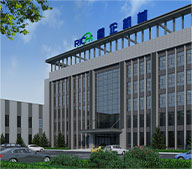
Brand
RICHI

Application
Fish Feed

Finished
Extruded Pellets
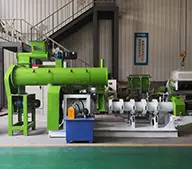
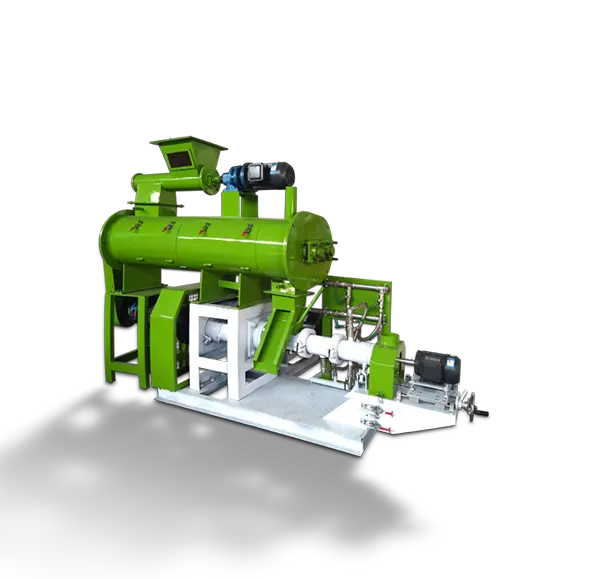
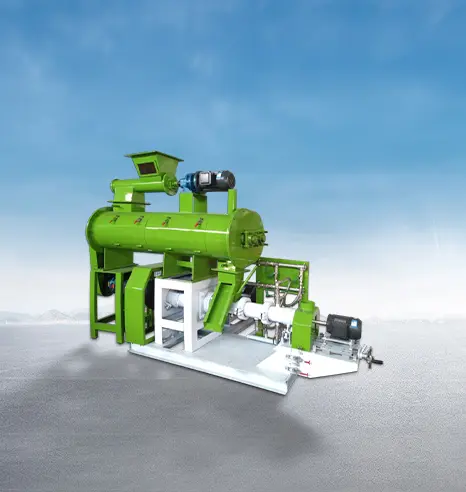
| Model | Main Motor Power(Kw) | Feeder Power(Kw) | Conditioner Power(Kw) | Cutting Power(Kw) | Screw Diameter(mm) | Overall Dimensions (mm) | Production Output(TPH) |
|---|---|---|---|---|---|---|---|
| DSP-90B | 37 | 7.5 | 1.1 | 1.1 | 90 | 2600*1600*1900 | 0.5-0.6 |
| DSP-135B | 75 | 7.5 | 2.2 | 1.5 | 135 | 3750*1980*1950 | 0.8-1.0 |
Technological innovation is essentially all about customer service. To make you feel the convenience of RICHI's products, technologies and solutions in the process of fish feed production.
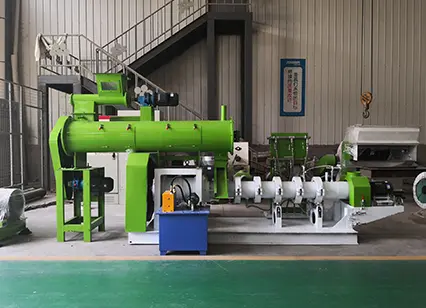
Feeding & Extruding
The speed-regulating feeding device is convenient for operation and uniform feeding; the stepless variable speed soft knife cutting system realizes the production of products of any length and ensures the quality of products without burrs.
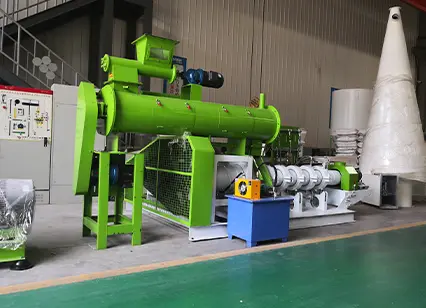
Design & Material
Novel and unique design, simple structure, easy to dismantle and install, easy to operate; screw sleeve and screw are made of special wear-resistant and high-temperature alloy steel material, molded by heat treatment, and the body is likewise made of high-specification alloy steel.
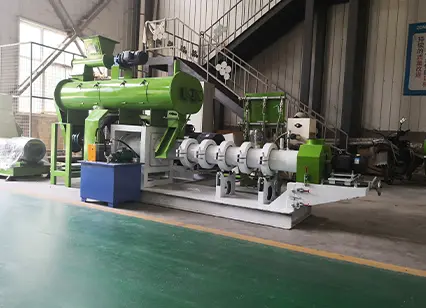
Control & Safety
Produces floating pellets of expanded feed that can float on the surface of the water for at least 12 hours without soaking. Maintains the nutrient content of the pellets and reduces the risk of water contamination.
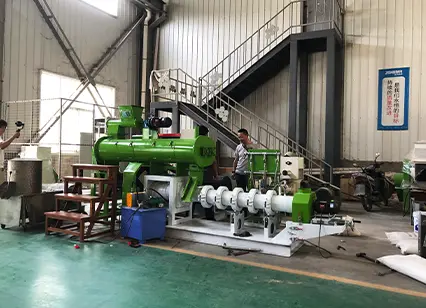
Maintenance & Replacement
The simple structure is not only easy to maintain, but also easy to replace the discharge template, which requires different aperture feeds only need to replace the required aperture template. This not only greatly improves the diversity of aquatic feed pellet production, but also maximizes the return on investment.
Explore our efficient and streamlined purchasing process, designed to simplify and optimize the acquisition of a complete aquatic extruded feed production plant. Every stage is tailored to meet your specific requirements, from the initial schematic design and precise manufacturing processes to secure payment methods and seamless on-site installation and commissioning. Furthermore, our comprehensive spare parts service provides ongoing support and ensures optimal machine performance, offering you long-term reliability and peace of mind.


Solution Formulation
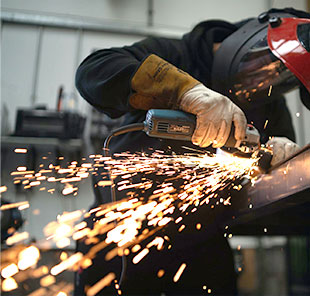
Equipment Manufacture

Secure Payment
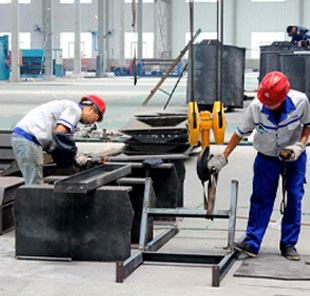
Spare Parts Service
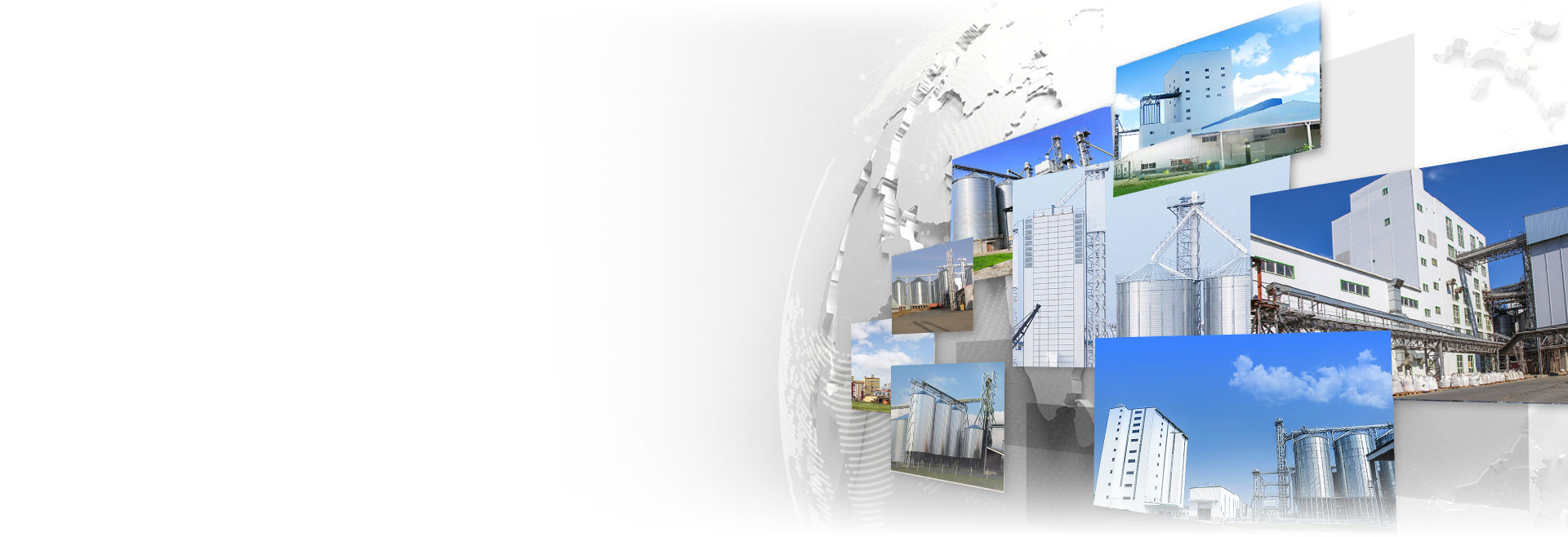
HENAN RICHI MACHINERY CO.,LTD
Henan Richi Machinery Co., Ltd was founded in 1995. After nearly thirty years of development and expansion, RICHI Machinery has grown into a modern enterprise covering an area of 60,000 square meters and integrating independent research and development, production and sales.
The products involve feed pellet machinery and engineering, biomass pellet machinery and engineering, organic fertilizer machinery and engineering, conveying equipment and engineering, steel structure engineering, silo, automation control technology and engineering, etc., and each product series has passed ISO 9001 international quality management system certification and CE certification!
Get Quote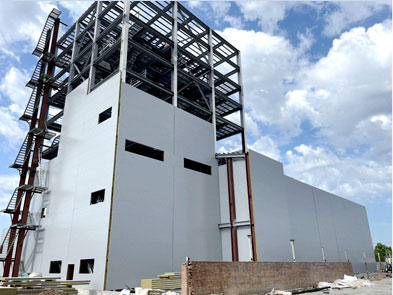

This state-of-the-art equipment supports a wide range of feed formulations for poultry and livestock, improving feed quality and reducing production costs. And its scalable design accommodates future expansion.
Learn More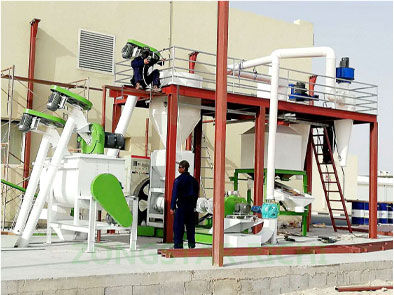

The system is fully automated, enabling seamless operation with minimal labor and supporting sustainable agricultural practices through the use of alfalfa and other forages.
Learn More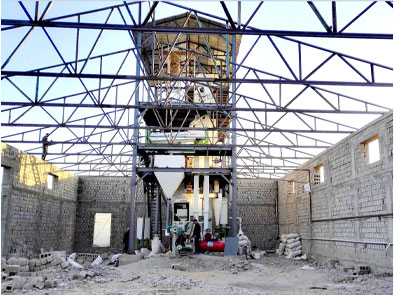

Hardwood residues are processed into durable, high-energy biomass pellets. Designed for industrial production, the system utilizes advanced drying and pelletizing technologies to ensure efficiency and quality.
Learn More

This project is capable of producing fish and shrimp feeds, equipped with precise extrusion technology for superior feed quality. The customer emphasizes its reliability and ease of operation as the main advantages.
Learn More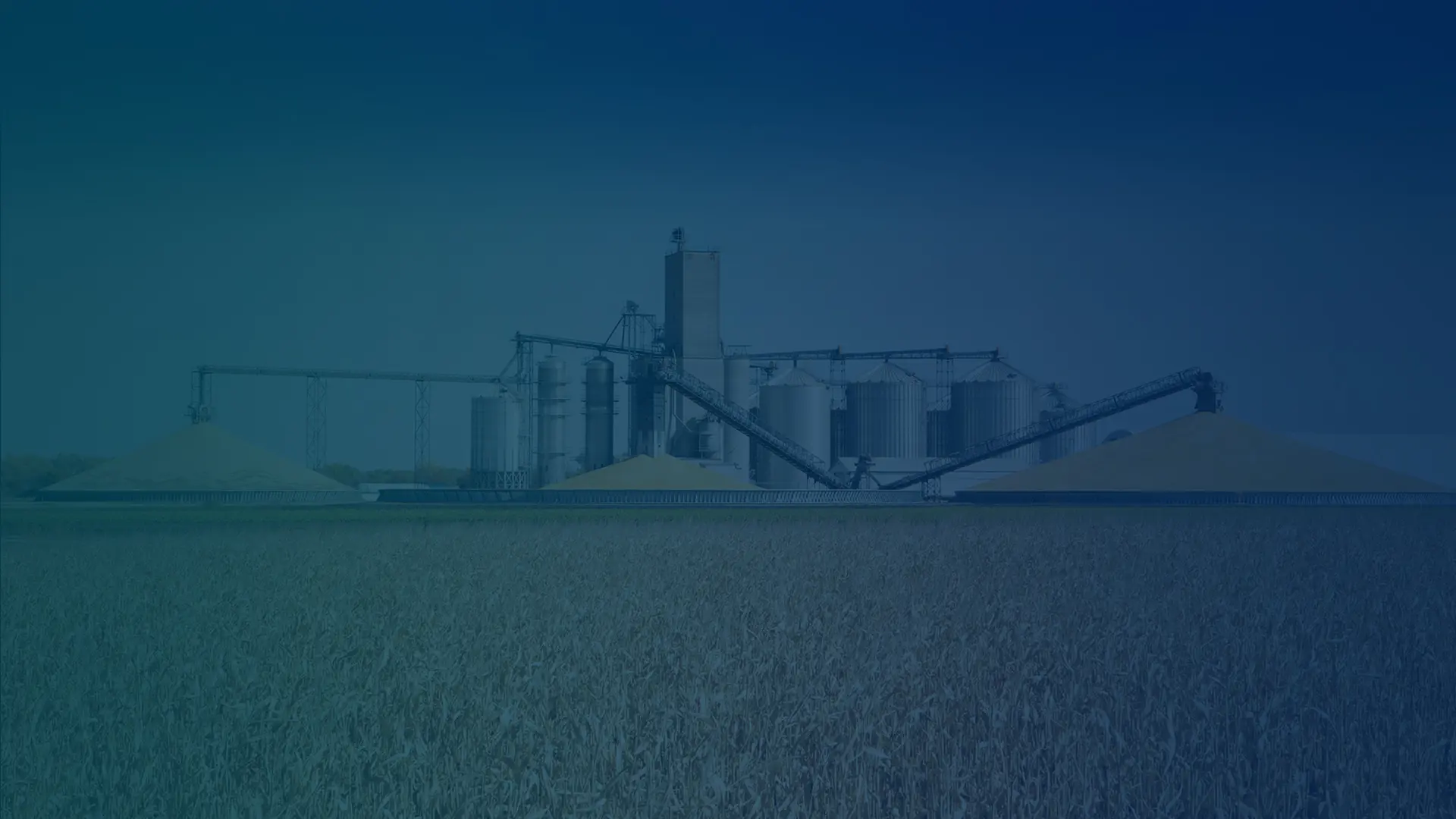
What kind of aquatic feed plant do you want to establish?
How many tons per hour about this plant you want to build?
Where will your aqua feed mill plant be built?
When do you plan to start this project?
A wet-type aquatic feed extruder is a machine that produces feed for aquatic species using added steam or water during the extrusion process. This steam-infusion allows better control over moisture and heat, improving the texture, digestibility, and nutritional quality of the feed. Wet-type extruders are ideal for producing high-quality, balanced feed, often used in commercial fish and shrimp feed production. The added moisture also enables production of both floating and sinking feed types, meeting diverse dietary needs in aquaculture.
Species that benefit from wet-type feed include fish, shrimp, and other aquatic species that require high-quality, nutrient-dense feed. Wet-type extrusion, which incorporates steam, improves the digestibility and nutrient retention in the feed, making it particularly suited for species like tilapia, catfish, and shrimp that rely on highly digestible proteins and fats for optimal growth. This feed type supports rapid growth and health in commercial aquaculture by ensuring that the nutrients are more readily available to the aquatic animals.
Wet-type extruders differ from dry-type extruders mainly in their use of added steam or water during the extrusion process. This added moisture enhances the cooking of feed materials, creating a softer, more digestible pellet with a higher nutritional profile—beneficial for aquatic species. Wet-type extruders generally produce smoother, more uniform pellets and allow for greater control over pellet density, making it possible to produce both floating and sinking feeds. However, they require higher power and include steam-related components, which add to their complexity and maintenance needs.
Yes, wet-type extruders can produce floating feed. By adjusting the moisture, temperature, and pressure during the extrusion process, these extruders can introduce air pockets into the feed, allowing it to float. This is particularly useful for species that feed at the water's surface, such as certain fish. The flexibility to produce both floating and sinking feed types makes wet-type extruders versatile and suitable for a wide range of aquatic species.
The ideal moisture content for a wet-type aquatic feed extruder is typically around 20-30%. This level of moisture, achieved by adding steam or water during processing, helps optimize the extrusion process, ensuring the feed is properly cooked and maintains its nutritional integrity. Maintaining the correct moisture content allows for better pellet texture and stability, ideal for both floating and sinking feed.
Feed consistency in a wet-type aquatic feed extruder is controlled by adjusting the steam and temperature levels within the extrusion chamber. Increasing steam adds moisture and heat, allowing for thorough cooking, which improves pellet texture and digestibility. Temperature control ensures precise gelatinization of starches, resulting in a uniform, stable pellet structure. These adjustments help maintain the optimal balance of moisture and density in the feed, meeting the specific requirements for various aquatic species.
Wet-type aquatic feed extruders typically require more power than dry-type extruders due to the integration of steam for cooking and conditioning. Power requirements can vary but are generally higher to support steam generation, heating elements, and the motor that drives the twin screws. The exact power requirement depends on the extruder’s size and capacity, with larger machines typically needing between 30 to 120 kW or more. High power capacity ensures consistent performance, especially for large-scale commercial feed production.
A wet-type extruder requires regular maintenance to ensure optimal performance. Key tasks include cleaning the steam injection ports and conditioning chamber to prevent blockages and maintain moisture levels. The screws and barrel should be inspected for wear, as high heat and moisture can cause gradual degradation. Regular lubrication of moving parts, especially in the gearbox, is essential to prevent friction and overheating. Additionally, checking seals and gaskets for leaks and calibrating the temperature and moisture control systems will support consistent feed quality and prolong the machine's lifespan.
Yes, training is essential for operating a wet-type aquatic feed extruder. Proper training ensures operators understand how to manage steam integration, temperature, and moisture settings effectively, which are critical for producing high-quality feed. Training also covers safety protocols, regular maintenance practices, and troubleshooting, which can extend the machine’s lifespan, reduce downtime, and maintain feed consistency. With proper training, operators can maximize the extruder's efficiency and ensure reliable, high-quality production output.
If you need further information, please contact us

Note: Pellet production is a continuous and complex process, requiring many equipment to complete the production from raw materials to finished pellets. Therefore, it is suitable for commercial projects but not for personal use.

RICHI stick to the service principle is: We are focusing on your future, your future is our future!
© HENAN RICHI MACHINERY CO., LTD 1995-2025